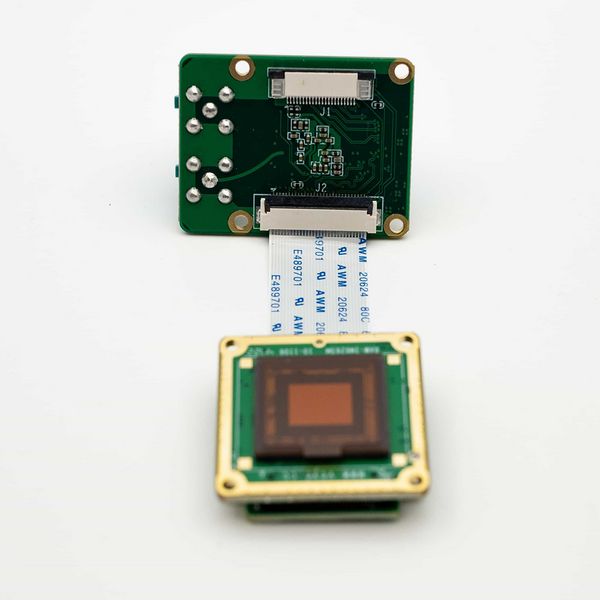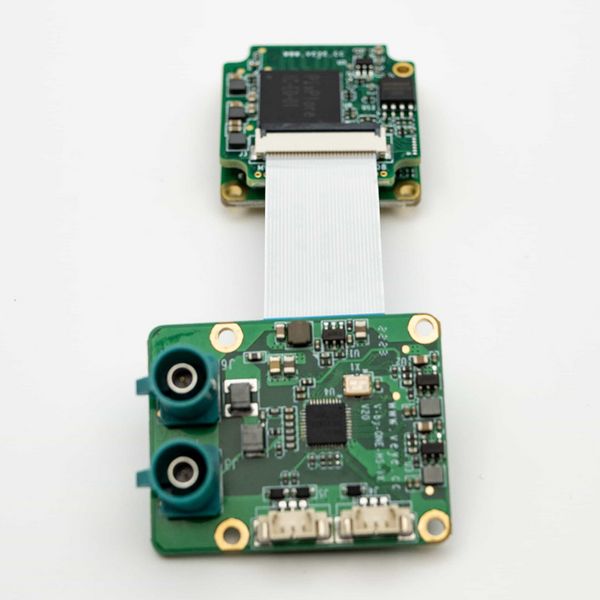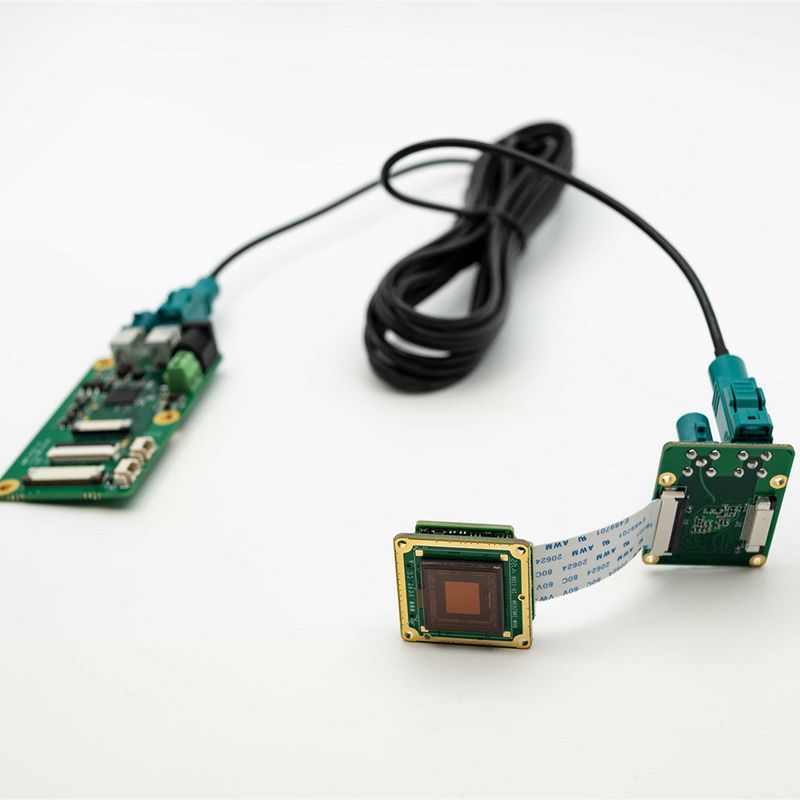V-by-One-HS KIT appnotes 4 rpi
1 Overview
V-by-One® HS is a high-performance SerDes solution provided by THine, offering excellent performance and cost-effectiveness.
We have developed the V-by-One-HS KIT product based on the V-by-One® HS solution, specifically designed for long-range transmission of images from MV series and RAW series camera products.
The V-by-One-HS KIT features great adaptability, a wide range of input-output interfaces, and comprehensive driver support.
1.1 Camera module list
| Series | Model | Status |
|---|---|---|
| MV series | MV-MIPI-IMX178M | Done |
| MV series | MV-MIPI-SC130M | Done |
| MV series | MV-MIPI-IMX296M | Done |
| MV series | MV-MIPI-IMX287M | Done |
| MV series | MV-MIPI-IMX265M | Done |
| MV series | MV-MIPI-IMX264M | Done |
| RAW series | RAW-MIPI-SC132M | Done |
| RAW sereies | RAW-MIPI-AR0234M | ing |
| RAW sereies | RAW-MIPI-IMX462M | ing |
1.2 Essential preparations
V-by-One provides a transparent channel for long-range transmission of images, I2C, and IO.
For the functionality of the camera module itself, it is similar to connecting the camera module directly to the Raspberry Pi using the MIPI interface.
Therefore, it is essential to refer to the instructions on how to use the MV series camera module on the Raspberry Pi platform.
2 Hardware Setup
2.1 Connection of V-by-One-HS-RX and Camera
2.1.1 MV series camera
The two are connected using 0.5 mm pitch*30P FFC cable with opposite direction. The cable must be inserted with the silver contacts facing outside.
| TOP | BOTTOM |
|---|---|
2.1.2 RAW series camera
RAW series cameras have two output specifications: 15-pin interface and 22-pin interface.
- For the 22-pin interface type:
Use a 0.5mm pitch * 22-pin FFC with an opposite direction. Please ensure that the silver contact surfaces are facing outward.
- For the 15-pin interface type (RAW-MIPI-SC132M):
Use a 15-to-22 pin FFC with a same-side direction. Please ensure that the silver contact surfaces are facing outward.
2.2 Connection of V-by-One-HS-RX and V-by-One-HS-TX
In most cases, only one coaxial cable is sufficient to meet the image transmission bandwidth requirements. One coaxial cable can provide an effective bandwidth of 3.2Gbps.
Below are scenarios where two coaxial cables are required:
- RAW-MIPI-AR0234M: Configured as 4 lanes and output format set to RAW10.
2.3 Connection of V-by-One-HS-RX and Raspberry Pi
2.3.1 Power Supply
The V-by-One-HS-RX requires a 12V DC power supply. You can choose either J1 or J2 for the power input.
2.3.2 Raspberry Pi Model B and Model B+
Use a 1mm pitch 15-pin FFC to connect V-by-One-HS-RX's J9 to the Raspberry Pi's MIPI CSI-2 interface.
2.3.3 Raspberry Pi Zero, Zero W, and Computer Module
Use a 0.5mm pitch 22-pin FFC to connect V-by-One-HS-RX's J7 to the Raspberry Pi's MIPI CSI-2 interface.


